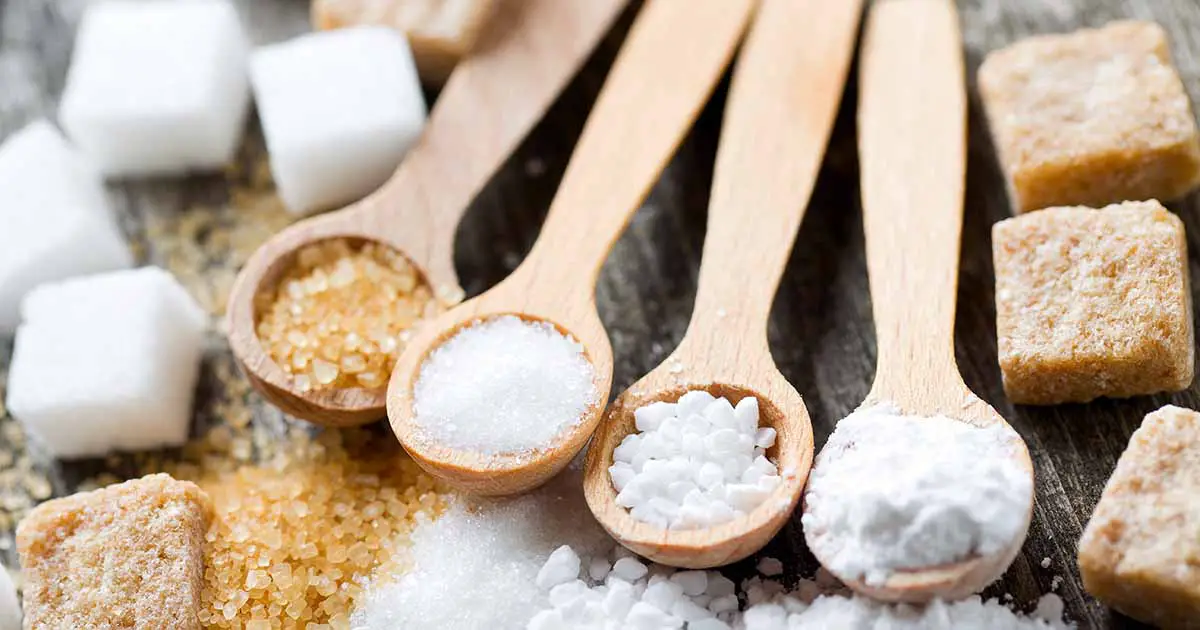Poaching is a moist method of cooking in which food is placed in liquid which is brought to and maintained at, a temperature just under boiling-point (650 to 900°C). The cooking liquid may be water, milk, stock, wine, or court bouillon
Heat Transfer
Conduction: In conduction, the heat flow is within and through the body itself. Heat spontaneously flows from a hotter to a colder body because of the movement of electrons within a body.
Convection: Convective heat transfer is a mechanism of heat transfer occurring because of bulk motion (observable movement) of fluids.
Depth Liquid
- Shallow-Poaching: Most foods are poached by this method. A minimum amount of liquid is added and this is later used to make an accompanying sauce. Greased paper or a lid can be used to trap moisture and prevent drying out.
- Deep-Poaching: When poaching some items, more liquid is used than in shallow-poaching. In the case of fruits, this is because they have to be completely covered to prevent discoloration. In other cases with eggs, depth of water is needed to prevent food from sticking to the cooking dish (or) other pieces of food during cooking.
Method of Poaching
- Heat the liquid to the boiling point, then reduce the temperature that there is no movement.
- Gently lower the food into the cooking liquid (The exception is when cooking whole large fish, as it is placed in the cold liquid and drought up to temperature)
- Allow the food to remain in the liquid until cooked.
- Remove the food and reserve the liquid if it is used for a sauce.
Advantages
- The application of heat is gentle, so foods with delicate texture may be cooked without breaking up.
- Poached foods are easily digested
- No fat needs to be added to cook the food advantage for people who want to reduce the amount of fat in their diet.
Disadvantages
- Poaching is not particularly suitable for large pieces of food
- There are some flavor and nutrient loss from the food in the cooking liquid.
- There is little development in color and flavor.
Safety Rules
- Equipment should be matched to the quantity of food to prevent spillages.
- Care should be taken in handling dishes that brought to the temperature on the top of the stove and then transferred to the oven.




